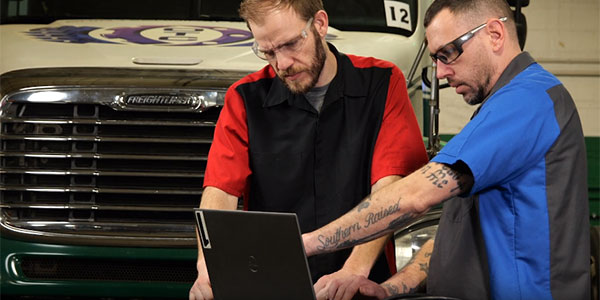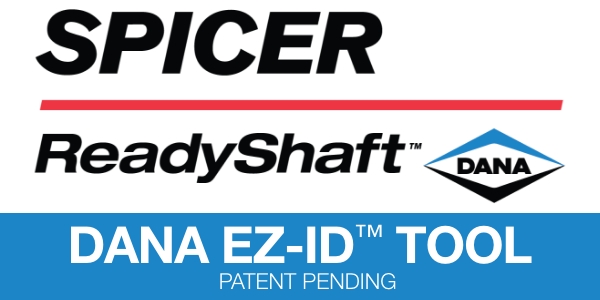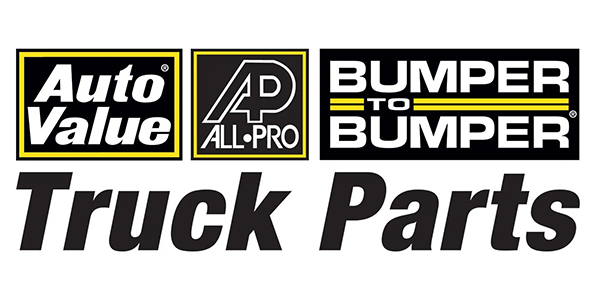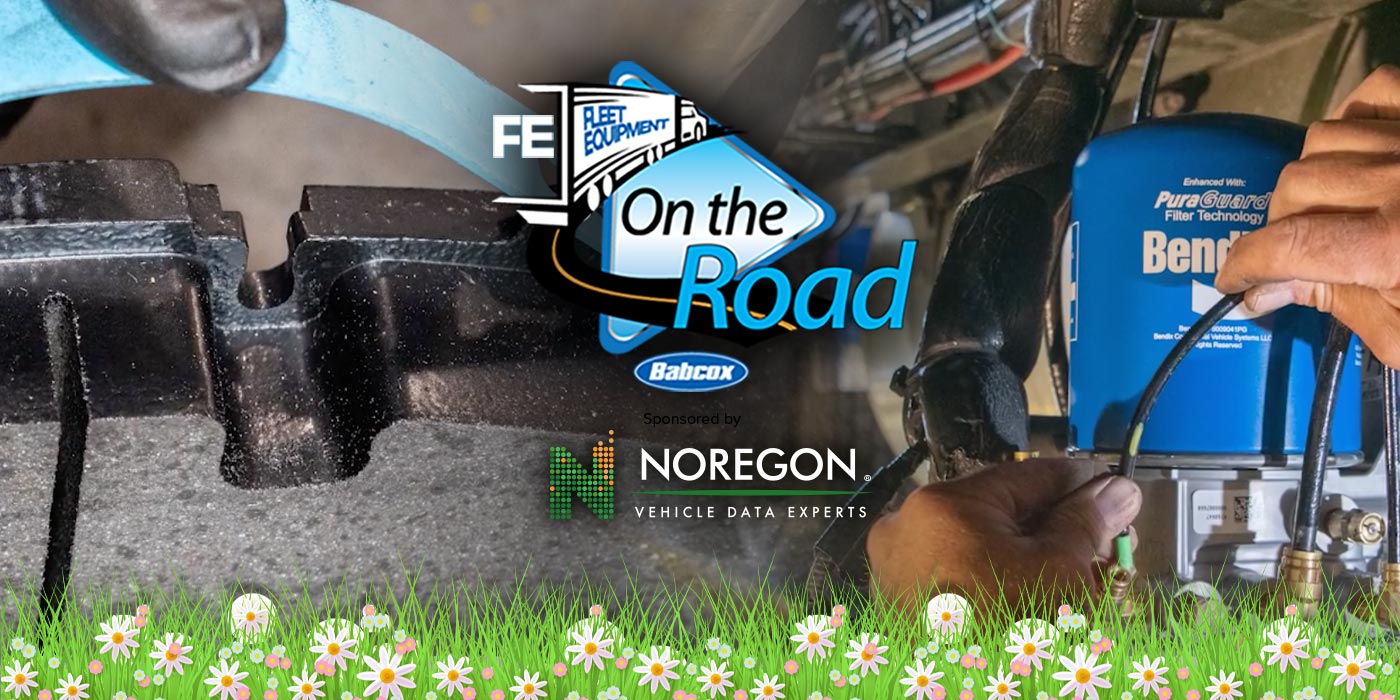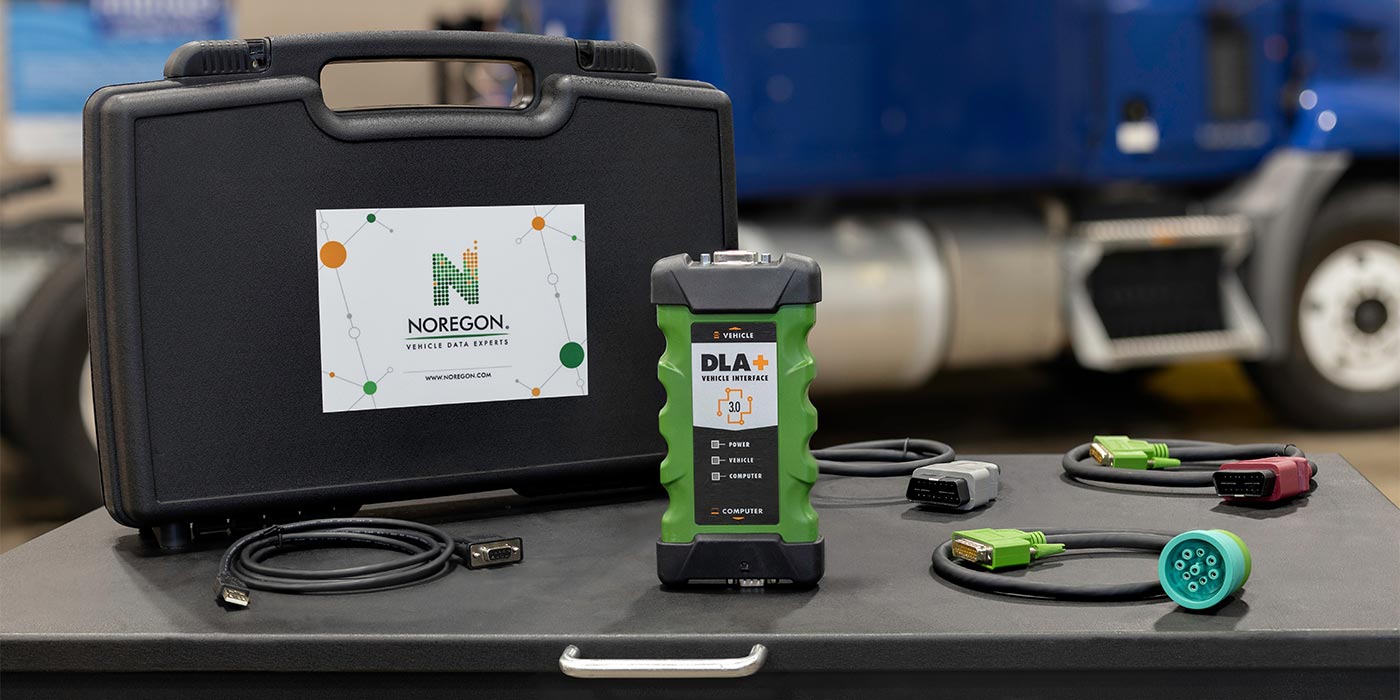Codes are not complex. They are set when the data from a sensor or component falls outside of the normal operating parameters. Also, codes can be set when the control module detects an implausible input or result for a given situation. This is often referred to as the “criteria” for setting the code.
All codes have consequences. They can range from a warning to the driver to take care of a minor issue to cases where the truck is derated for power, leaving the driver on the side of the road talking with dispatch.
In addition, these modes help to protect expensive components like the engine and after-treatment stack.
The code can lead you to the system with the problem, but it is still up to you to determine the root cause of the code. It is not always a sensor or electrical part. Codes are often set by mechanical components like rings, gaskets, lack of maintenance or turbochargers. And while the problems that trucks experience haven’t changed, the tools that help you diagnose and confirm the causes have made that part of the job much easier.
An HD OBD tool can look at the data coming from the sensor and display it to see the changes in the data. Both tools can do this. But the tablet full-feature tool has more diagnostic tools and information to analyze data and help you confirm the fault and cause of a code.
This video is sponsored by Bosch Automotive Service Solutions.




